The Value of URL Structure in SEO
Why controlling your own domain builds authority, rankings, and AI visibility
Search and AI discovery rely on clear, consistent website signals. One of the most important factors is URL ownership and structure — specifically, whether your content lives on your own domain or on a third‑party provider’s domain.
If your website and pages sit under someone else’s domain, you’re building their authority, not yours. Owning your URL ensures that all links, clicks, and rankings strengthen your business — not the platform hosting you.
Simple Rule: If it’s part of your brand, it should live under your own domain — not a third‑party site’s subdomain.
The Real‑World Example: Flowers by LouAnn
Example 1: Current Owned Domain
Image: flowersbylouann.com/weddings
Screenshot showing Flowers by LouAnn’s current website under their owned domain, flowersbylouann.com.
Example 2: The Old Third‑Party Domain
Image: flowersbylouann.flowerlookbook.com
Screenshot showing Flowers by LouAnn’s outdated site hosted under flowerlookbook.com, illustrating third‑party domain limitations.
Flowers by LouAnn recently discovered that an older version of their wedding website was still live under a third‑party subdomain: https://flowersbylouann.flowerlookbook.com
Meanwhile, their current and correct wedding site lives at: https://www.flowersbylouann.com/weddings
This side‑by‑side example illustrates the difference between building authority for your own brand and unintentionally boosting someone else’s platform.
🚫 The Third‑Party Domain (Old WEDDING Site)
URL:
flowersbylouann.flowerlookbook.comWhy it’s a problem:
Google treats it as a subdomain of flowerlookbook.com, not your business.
Links, traffic, and authority go to the parent domain (the third‑party platform), not to your brand.
You have limited control over redirects, analytics, and long‑term SEO.
If that provider ever changes or removes your content, you lose that visibility completely.
✅ The Owned Domain (New WEDDING Site)
URL:
flowersbylouann.com/weddingsWhy it’s correct:
All authority and ranking power stay with your own domain.
You control hosting, redirects, and long‑term access.
Every link, keyword, and piece of content contributes to your website’s visibility.
AI tools recognize and cite content from established, brand‑owned domains more reliably.
Why Third‑Party Platforms Limit SEO Potential
Third‑party floral directories and portfolio platforms can seem convenient, but they come with serious trade‑offs:
Split authority: You help the platform rank higher, not your own site.
Limited optimization: You can’t fully control SEO tags, schema, or internal links.
Brand confusion: Customers may stay on the host’s domain instead of yours.
No long‑term equity: If you ever leave that platform, your backlinks and SEO value vanish.
Owning your domain means owning your results — and building compounding authority that grows with time.
How This Ties Into GEO + AEO + SEO
GEO: Local map listings and citations perform better when tied to a consistent, brand‑owned domain.
AEO: AI tools trust authoritative, first‑party sources over platform pages or subdomains.
SEO: Consolidating authority under your own site strengthens every page — weddings, sympathy, about, contact, and more.
Outcome: Better rankings in Google and more visibility in AI answers (ChatGPT, Bing AI, Copilot, SGE).
Implementation Checklist
Always host your website on your own domain (not a subdomain of another company).
Use subfolders for services and locations:
/weddings,/sympathy,/locations/sarasota.Keep blogs and galleries on your domain:
/blog/post-title.301‑redirect old third‑party pages back to your main site.
Maintain consistent branding and analytics tracking.
Work with your provider to ensure any legacy links point to your current URLs.
FAQs
Q: Why is it bad to use a third‑party domain for my website?
A: You’re building SEO authority for the hosting company instead of your own brand. Google sees it as their domain, not yours.
Q: Does a subdomain like myshop.hostsite.com count as my website?
A: No — it belongs to the host. Only a true domain you own (like myshop.com) consolidates your authority.
Q: What should I do if I find old versions of my site online?
A: Redirect them to your current domain and ensure they’re removed or updated to avoid SEO dilution.
Q: How does this affect AI visibility?
A: AI systems pull data from trustworthy, first‑party sources. A site you own signals reliability and permanence, increasing your chance of being cited or recommended.
Ready to take full ownership of your online authority?
Contact Bloomerang Solutions to audit your domain setup, identify third‑party dependencies, and build a clean, brand‑owned SEO foundation.
Read GEO + AE + SEO = AI Visibility for a more in-depth look at SEO for your florists.



